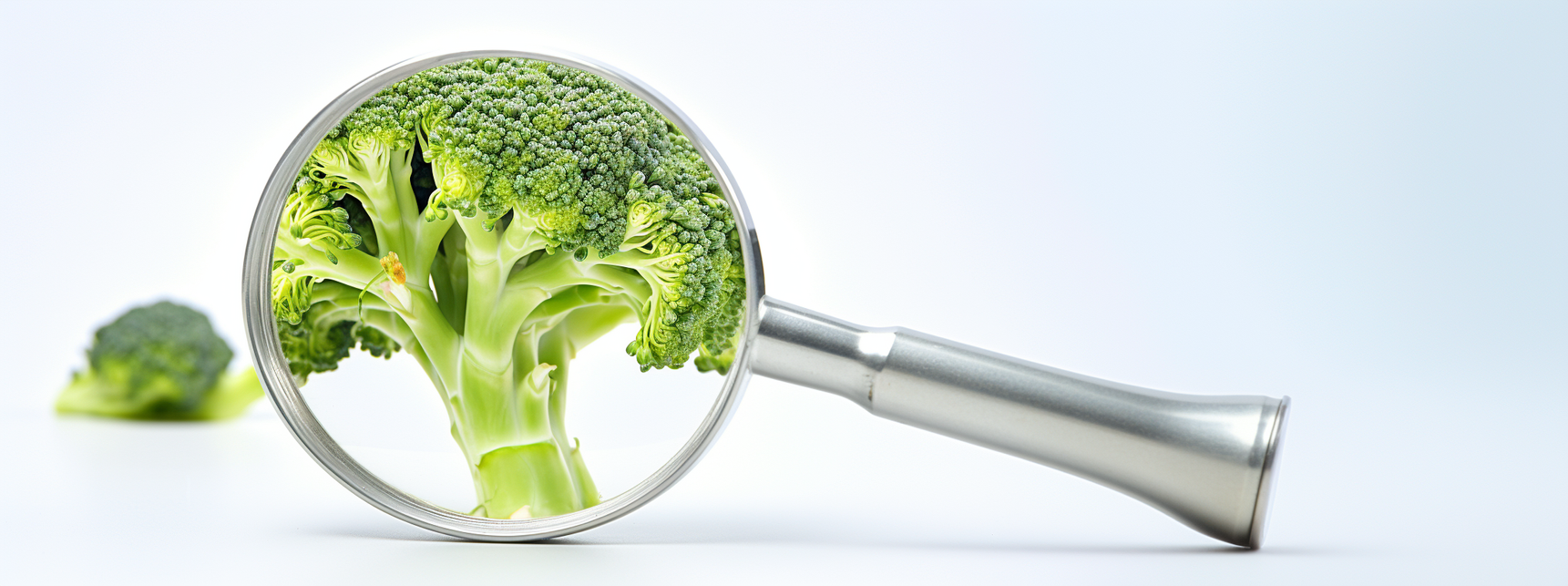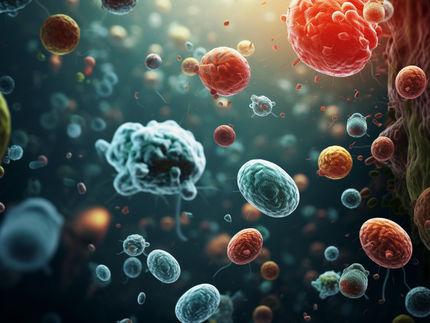Electric shocks used to kill bacteria: Electric fields destroy Listeria without damaging nutrients
Team from the University of Natural Resources and Life Sciences, Vienna, identifies conditions for inactivating Listeria while maintaining product quality during the processing of whey proteins

pixabay/Meetyhtan
Low temperatures and an acidic environment create the ideal conditions for applying an effective method of inactivating Listeria (and other germs) in the processing of whey protein solutions – without destroying valuable nutrients. A team from the University of Natural Resources and Life Sciences, Vienna (BOKU) made this discovery in collaboration with an international food company, and they have now published their findings. The harmful bacteria are inactivated by means of electroporation, a process that does not require drastic temperature increases, in contrast to conventional thermal preservation methods, which in turn contributes to more effective conservation of nutrients. The conditions identified by the BOKU researchers will pave the way for the preservation of whey-protein solutions without significant loss of nutrients.
Removing bacterial contamination from foodstuffs is a challenge. A number of methods are available, but getting the right “dosage” is a balancing act. Procedures for ridding a product of germs also kill off valuable nutrients; but the flip side is that less aggressive processes do not remove the bacteria sufficiently. An emerging method relies on what are known as pulsed electric fields (PEF), which destroy bacterial cell membranes but also use considerably lower temperatures than those applied in conventional thermal preservation. Until now, this process has mainly been used with fruit juices and other fluid foodstuffs. Now, a team of researchers from the University of Natural Resources and Life Sciences, Vienna (BOKU), working in conjunction with a global food company, has used state-of-the-art equipment supplied by partner organisation EQ BOKU to identify conditions under which Listeria in more viscous whey-protein solutions can be safely eliminated by means of pulsed electric fields, while simultaneously preserving valuable nutrients.
Cool and acidic - just right
“Temperatures of 20 °C or so and an acidic environment with a pH value of about 4 are ideal conditions for electroporating bacteria in protein solutions like the whey protein we tested,” said Prof. Henry Jäger, Deputy Head of the BOKU’s Institute of Food Technology, summarising the study results which have now been published in the Journal of Food Engineering. “In this context, ‘ideal’ means that sufficient bacteria are inactivated while also preserving valuable ingredients to the greatest possible extent.” This extremely precise analysis of process conditions and their implementation was made possible by the comprehensive range of equipment supplied by EQ BOKU, a partner of the University of Natural Resources and Life Sciences. EQ BOKU also gives users from academic institutions and industry access to its cutting-edge technology, analytical devices and know-how. In this case, a well-known food group with operations worldwide took advantage of these services, teaming up with the BOKU researchers to conduct the study.
Fine-tuning
The study compared two different concentrations of whey proteins (2 % and 10 %). A Listeria strain that is harmless to humans was then added to these solutions and the degree of inactivation resulting from pulsed electric fields of different intensities was compared. A temperature of between 20 °C and 40 °C, and a pH value of 4 or 7, was selected. After electroporation, the residual level of sensitive nutrients, such as vitamins and immunoglobulins, and the Listeria concentration were measured.
“Temperature plays a decisive part in this process. The energy produced by the pulsed electric field causes the medium to warm quickly, which damages many valuable proteins,” explained Prof. Jäger. “This effect increases in line with the strength and duration of the electric field, which in turn kills off the bacteria more efficiently. So it’s all about finding the right balance.” The research team showed that a low starting temperature of about 20 °C and a pH value of 4 represents the ideal equilibrium, allowing for greater intensity of the electric pulses and, in turn, effective inactivation of the Listeria.
The study will make an important contribution to the development of more efficient and less damaging methods of removing germs from sensitive products, as well as enhancing overall food safety. The success of the collaboration between industry and academia can also be traced back to the extensive range of equipment provided by EQ BOKU, and its expertise.
Original publication
Pulsed electric field preservation of liquid whey protein formulations – Influence of process parameters, pH, and protein content on the inactivation of Listeria innocua and the retention of bioactive ingredients. F. Schottroff, M. Gratz, A. Krottenthaler, N. B. Johnson, M. F. Bédard, H. Jaeger. 2019. Journal of Food Engineering, Volume 243, Pages 142-152.
Other news from the department business & finance
Most read news
More news from our other portals
See the theme worlds for related content
Topic world Food safety
Food safety is at the heart of the food and beverage industry. It ensures that the food we eat every day is not only nutritious, but also free of harmful contaminants. From field to plate, the industry monitors and regulates every step of the process with strict quality controls, advanced testing methods and continuous research.

Topic world Food safety
Food safety is at the heart of the food and beverage industry. It ensures that the food we eat every day is not only nutritious, but also free of harmful contaminants. From field to plate, the industry monitors and regulates every step of the process with strict quality controls, advanced testing methods and continuous research.




























































